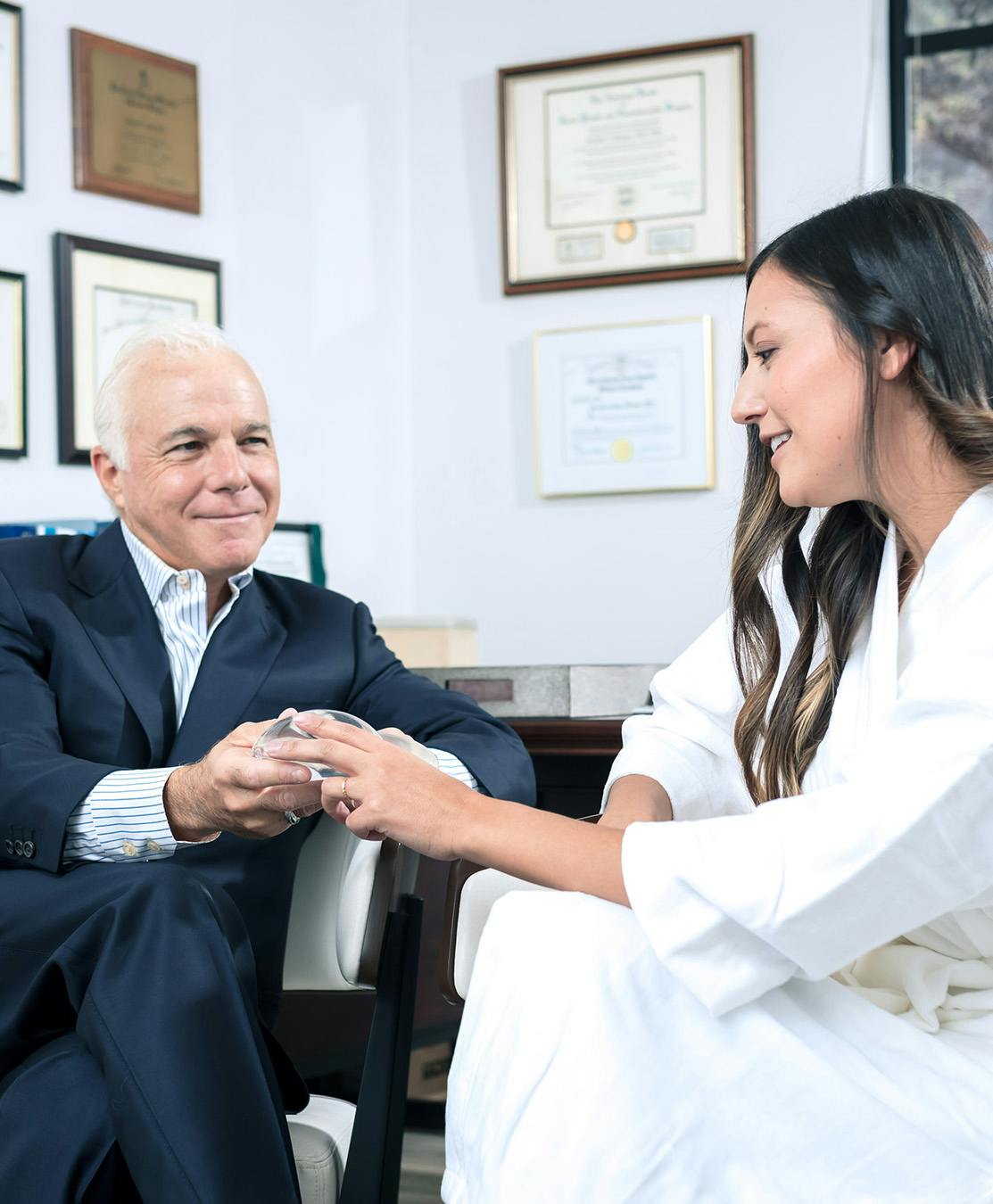Losing a breast in cancer treatment is a traumatic and emotional experience. At Mangat Copit Plastic Surgery in the Vail Valley, we hope to alleviate some of that pain by rebuilding your breasts as a final step in a full recovery. Our breast reconstruction surgeon is skilled in an array of the most effective reconstructive surgery techniques, and we'll be happy to meet with you and discuss your options for this vital surgery.
What are my options for breast reconstruction?
There are many options for breast reconstruction, and the technique best suited for you will be determined by your surgeon and cancer doctor. We will likely utilize one of the following methods for your breast reconstruction:
Tissue expander
In some cases, this first step of treatment may occur at the same time as the mastectomy. The tissue expander will be placed in the breast pocket. At regular intervals, a saline solution is injected into the tissue expander, resulting in a gradual stretching of the pocket and the skin. When the tissue expansion treatment is complete, implants or the patient’s natural tissue are transferred to the breast pocket to create a stable, natural-looking breast.
Breast implants
Saline or silicone breast implants can be placed in the pocket to augment the size and shape of the breasts. Breast implants are a good option because they offer excellent control in the final breast size and shape.
TRAM flap
In the TRAM flap technique, fat, tissue, muscle, and skin is removed from the abdominal region and transferred to the breasts. The breast mound is reshaped to create the desired proportions. In this approach, the flap may be completely detached and moved to the breast pocket, or the flap may stay connected to its original blood supply source and simply moved up to the breast through the chest wall.
DIEP flap
When it comes to microvascular surgical procedures to reconstruct the breasts, the DIEP flap approach is now the gold standard. In the DIEP flap procedure, only fat and tissue are transferred from the abdomen. The muscles remain intact, reducing the severity of side effects after surgery and the likelihood of post-surgical complications. During surgery, the flap of skin is moved to the breast, and, with microvascular surgery, the blood vessels in the abdominal flap are connected to the supplying blood vessels in the chest.
Latissimus dorsi flap
In the latissimus dorsi technique, the flap of fat, tissue, muscle, and skin from the back remains attached to its original blood supply source; the flap is pulled away from the back, and used to create a new breast mound.


